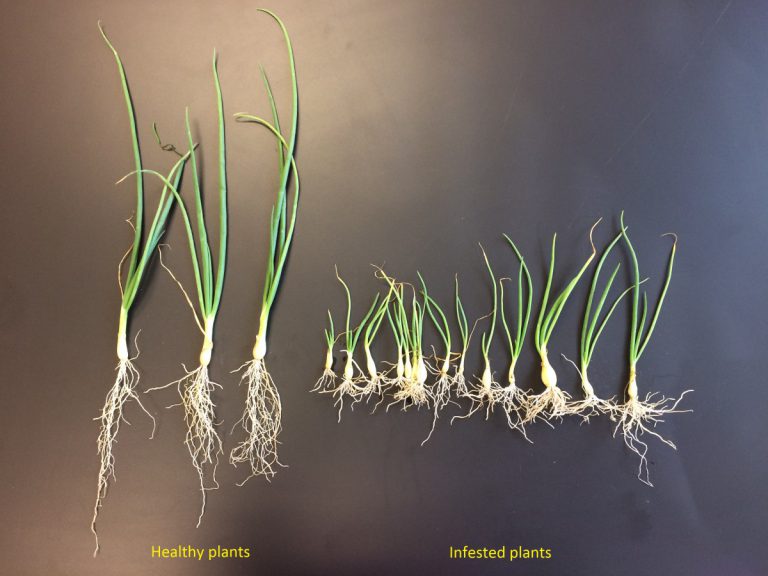
The time is now to soil sample for nematodes, says Pablo Navia, Adama Technical Development Leader for East Region.
“This is the best time since populations of nematodes are really high right now in the soil. There’s still some roots that they are feeding on. This is the best time to sample,” Navia said. “It’s a good way to know what enemy you’re dealing with next season.”
Navia said growers need to coordinate with the Extension agents in their county to take samples and arrange to take their samples to the appropriate lab.
“Each state’s Extension agent will know where to send the sample. Each university will have their lab and you can send the sample to their lab,” Navia said.
Navia recommends that producers take between 4 and 8 samples in a field, which will provide growers a good representation of the entire field.
There are different types of nematodes that impact vegetables, with root-knot nematodes being the most widespread and can cause the most damage. Nematodes are especially troubling because of the wide range of potential hosts. In addition to vegetables, nematodes cause problems in cotton, peanut and tobacco plants.
“It’s one of the most damaging pests out there,” Navia said. “It’s as important as a soil-borne disease or a foliar disease. There are many diseases that can affect a particular crop. But nematodes will make everything worse. If you have nematodes, then you have high chances of losing your crop.”
Soil sampling better prepares growers for the following season and will help them know if numbers are beyond threshold and if further action is warranted.
“If you have root-knot nematode and you find one nematode in your sample, that means you may be in trouble next season. Nematodes, like stubby root for example, the threshold is 200. Depending on the crop, like the citrus nematode, the threshold is 1,000,” Navia said. “It really depends on the species.”









